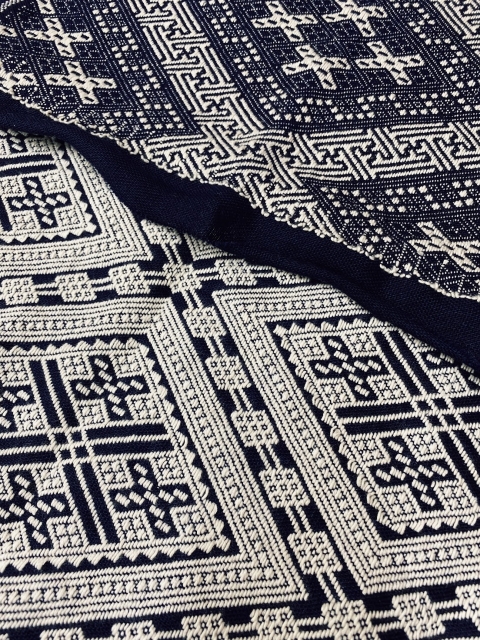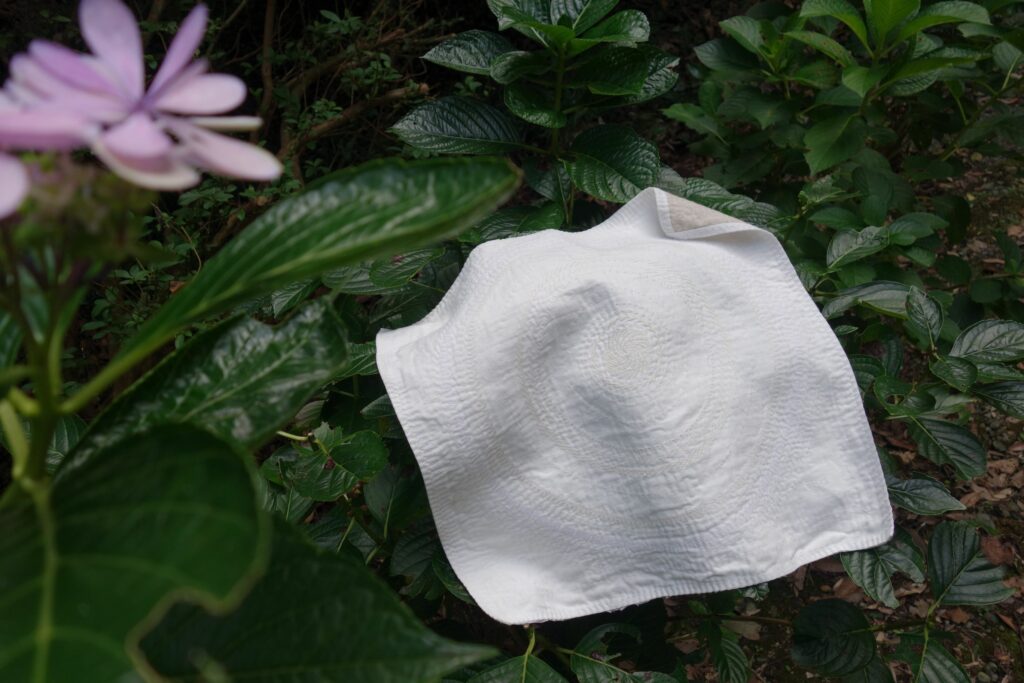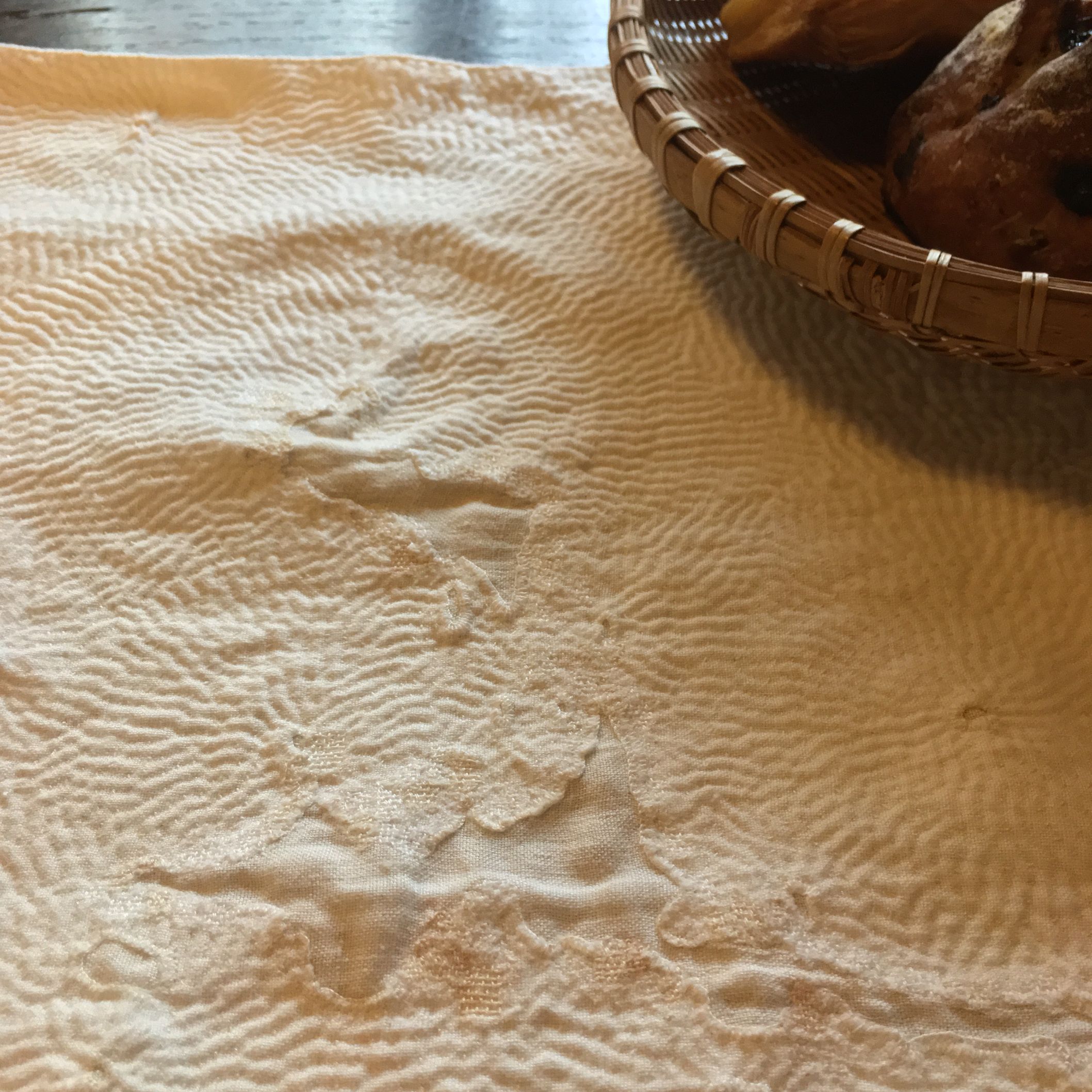For Your Loved Ones, And for Yourself
The act of sewing is, or used to be, universal. It was a way to make the most of resources we had limited access to.
As most of us are now able to purchase clean, new clothes cheaply, the act of mending and stitching doesn’t seem to make sense at least in terms of efficiency.
In terms of sustainability? Yes and No. “Yes” because mending is a good representation of sustainability, and should be recognised its value for it. But that to me is merely a byproduct: can sustainability be the driving force behind some of the crafts I have seen? My answer is “No”.
In the southern islands of Okinawa, mothers and sisters sewed up geometric patterns on a piece of cloth called Tee-sa-ji, to pray for their sons’ and brothers’ safety while they were out in the sea.
In some cold regions in the Northern part of Japan, where cotton used to be luxury and hard to get hold of, mothers would apply stitches to their children’s ramie garments. It was for mending purposes sometimes, but also to reinforce the durability and to protect agaist cold.
These stitches born of purpose started to evolve and elaborate into such meticulous patterns; many patterns are taken from the motifs in nature, and often associated with auspicious meanings.
The layer of stitches to keep their children from cold also kept them from evil spirits.
The craft of stitches, particularly in the northern regions of Japan, has now become known as sashiko. These meticulous, time, energy and eye-sight consuming crafts would never have come to take shape if the motivation was to get paid or rewarded.

From what I observed, the act of sewing works like a mental stabiliser. Its repetitive movement and singular focus seem to bring a maditative quality.
It could also be that, because the time you spend on the work is visible at the end of the day, which is reassuring to many of us living in this modern society.
A prayer sewn in… for your loved ones, and also for yourself.
There is something hopeful in that statement.


0 Comments